![]()
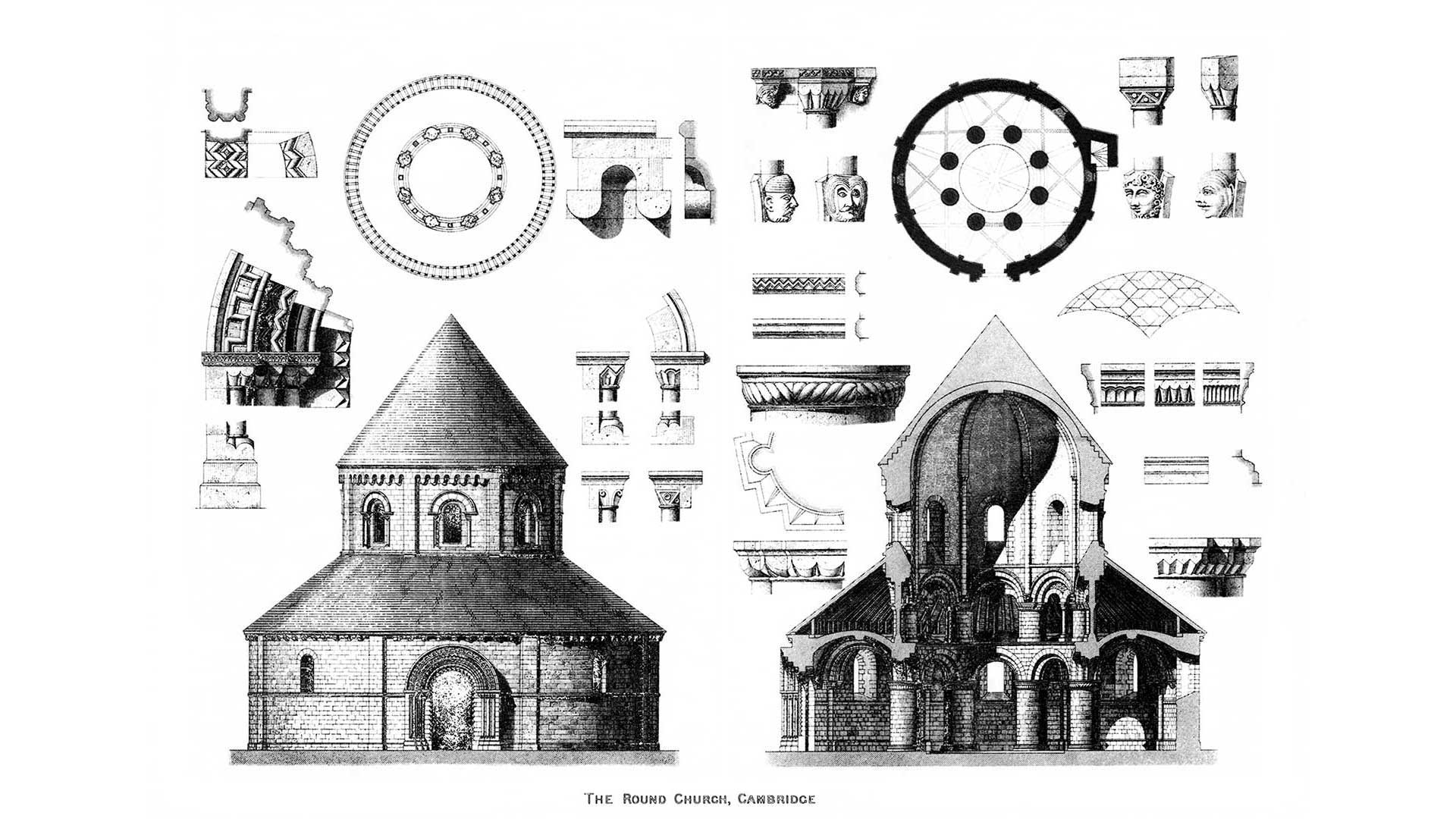
Round Church History
Round Church History Timeline
Church of the Holy Sepulchre, Jerusalem
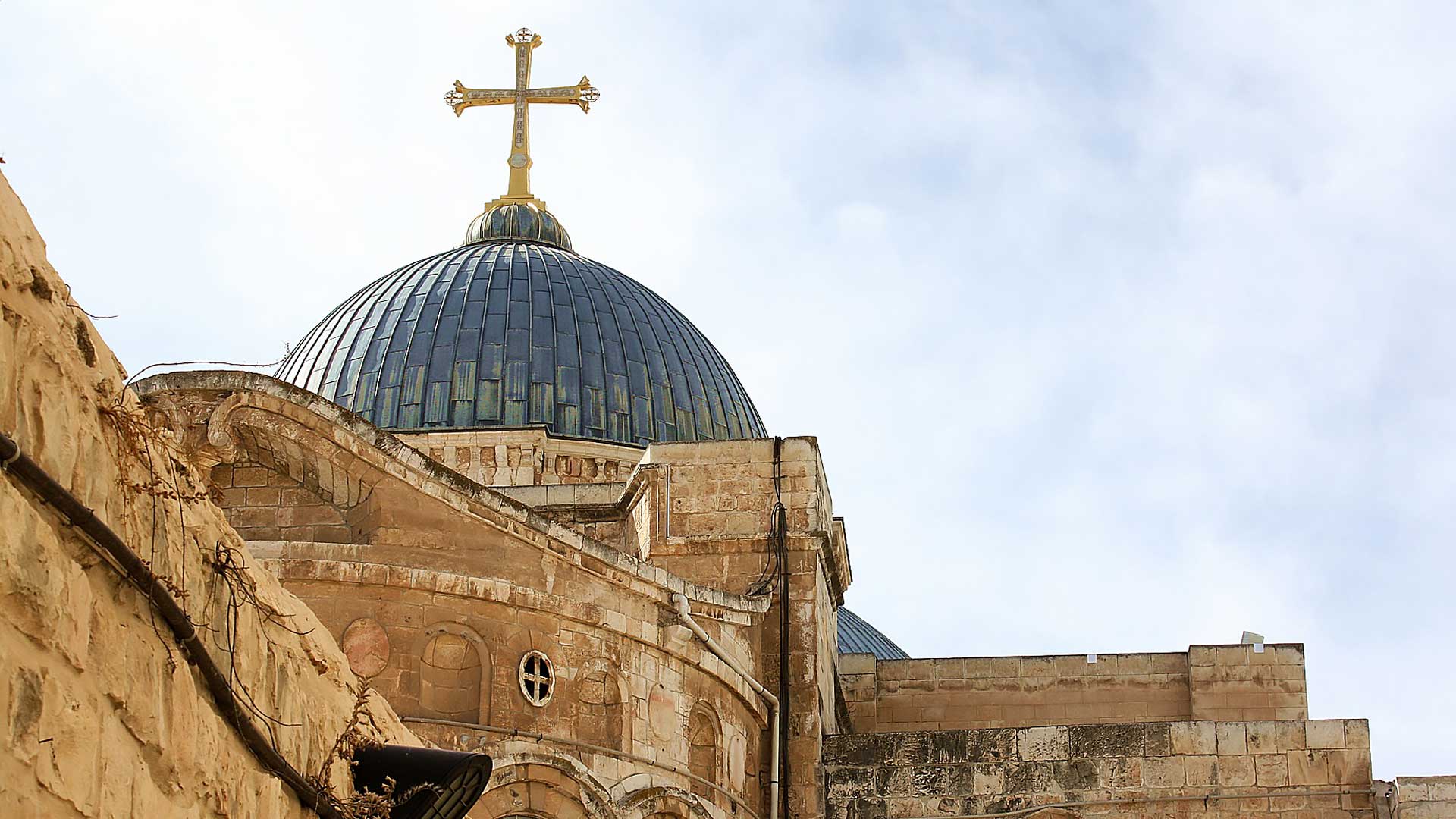
The Church of the Resurrection – better known as the Holy Sepulchre – is built in Jerusalem and consecrated on 13 September, 335. Standing atop the reputed burial site of Jesus, the church became a prominent Christian landmark drawing increasing numbers of pilgrims over the centuries.
Crusaders Capture Jerusalem
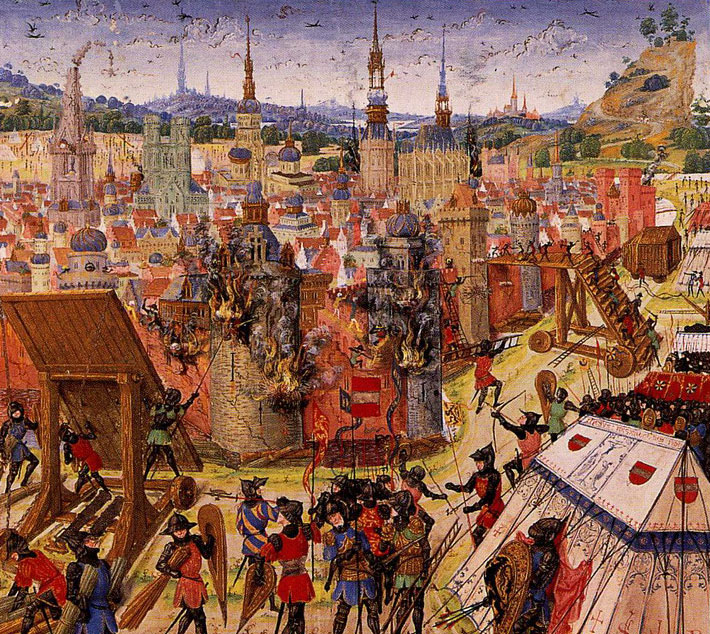
The First Crusade is called in 1095, partly to ensure continued access by pilgrims to the Holy Sepulchre. Jerusalem and the Church of the Holy Sepulchre fall to the crusaders in July 1099.
Round Churches in England
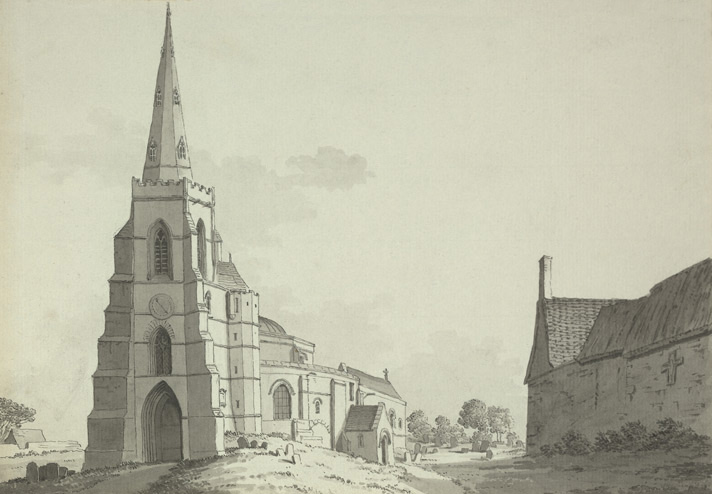
Churches with a round shape or dedicated to the Holy Sepulchre appear across western Europe in the wake of the First Crusade, often built by returning crusaders or pilgrims. The first example in England is built c.1100 in Northampton, probably influenced by the Earl of Northampton, Simon de Senlis, a crusader.
The Round Church, Cambridge
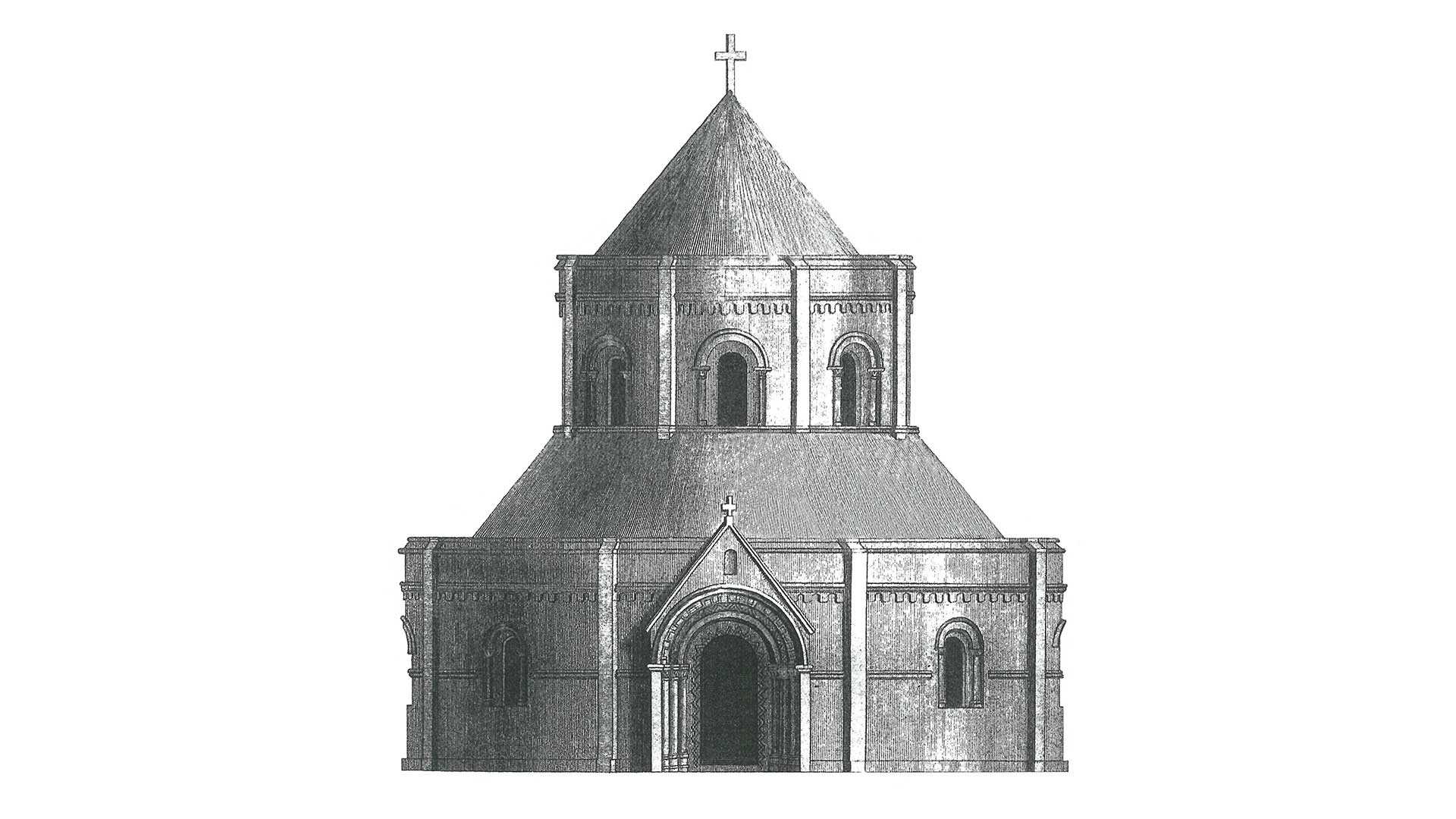
Modelled on the Church of the Holy Sepulchre, the Round Church in Cambridge is founded between 1115 and 1131 by ‘the fraternity of the Holy Sepulchre’ and ‘in honour of God and the holy Sepulchre’. No other record of this mysterious fraternity exists, and its exact purpose remains unknown.
First Vicar of Round Church
By some point in the 1200s the Round Church is established as a local parish church, with Geoffrey of Alderhethe becoming its first named vicar in 1272. Geoffrey was also Master of the Hospital of St John’s, which was located just opposite to the Round Church and where St John’s College now stands.
Expansion of Round Church
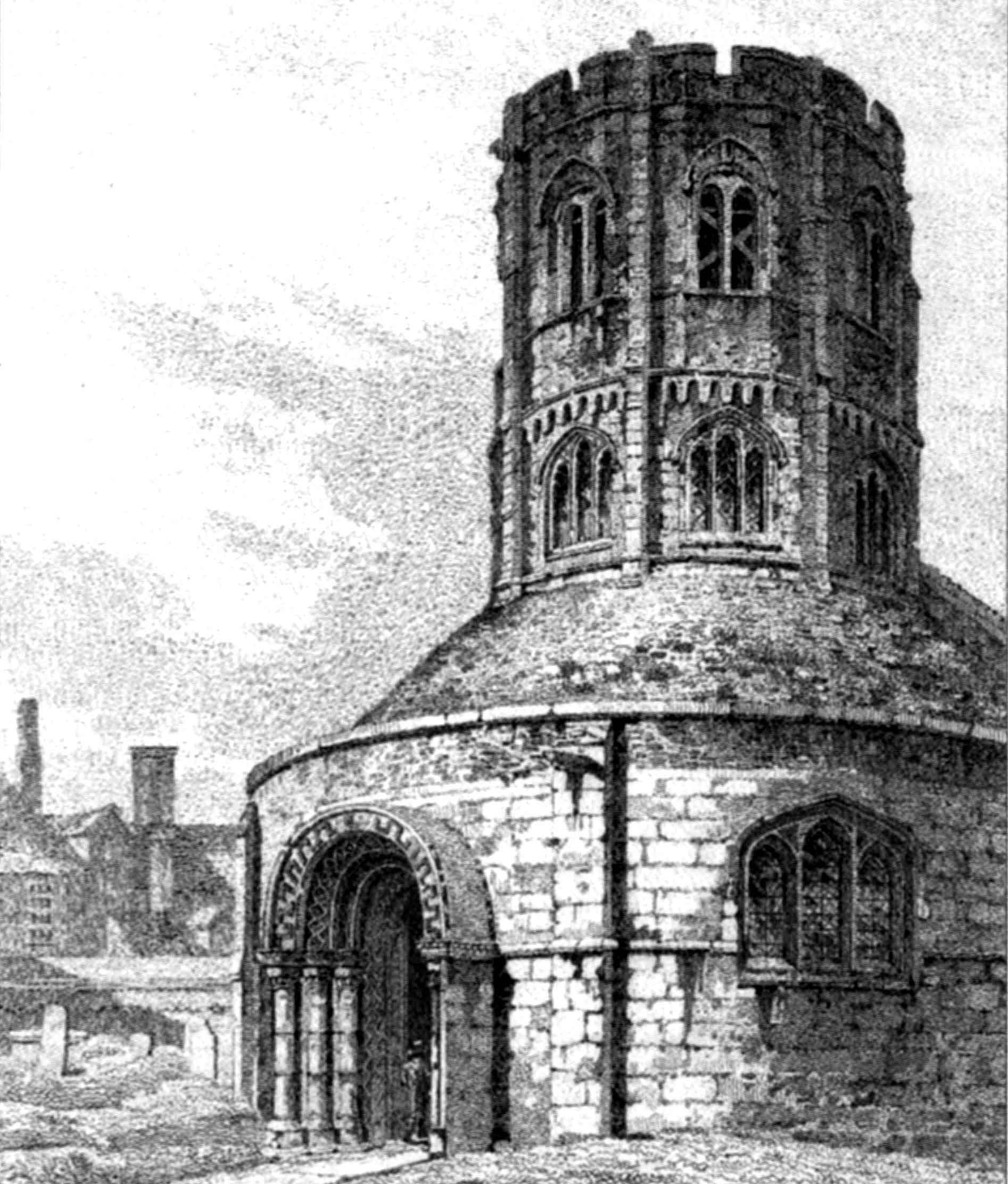
During the 15th century the Round Church is expanded eastward. The most notable addition is a large polygonal tower erected over the round nave. The wooden angels which can still be seen on the ceiling of the church date from this expansion.
Iconoclasm during Civil War
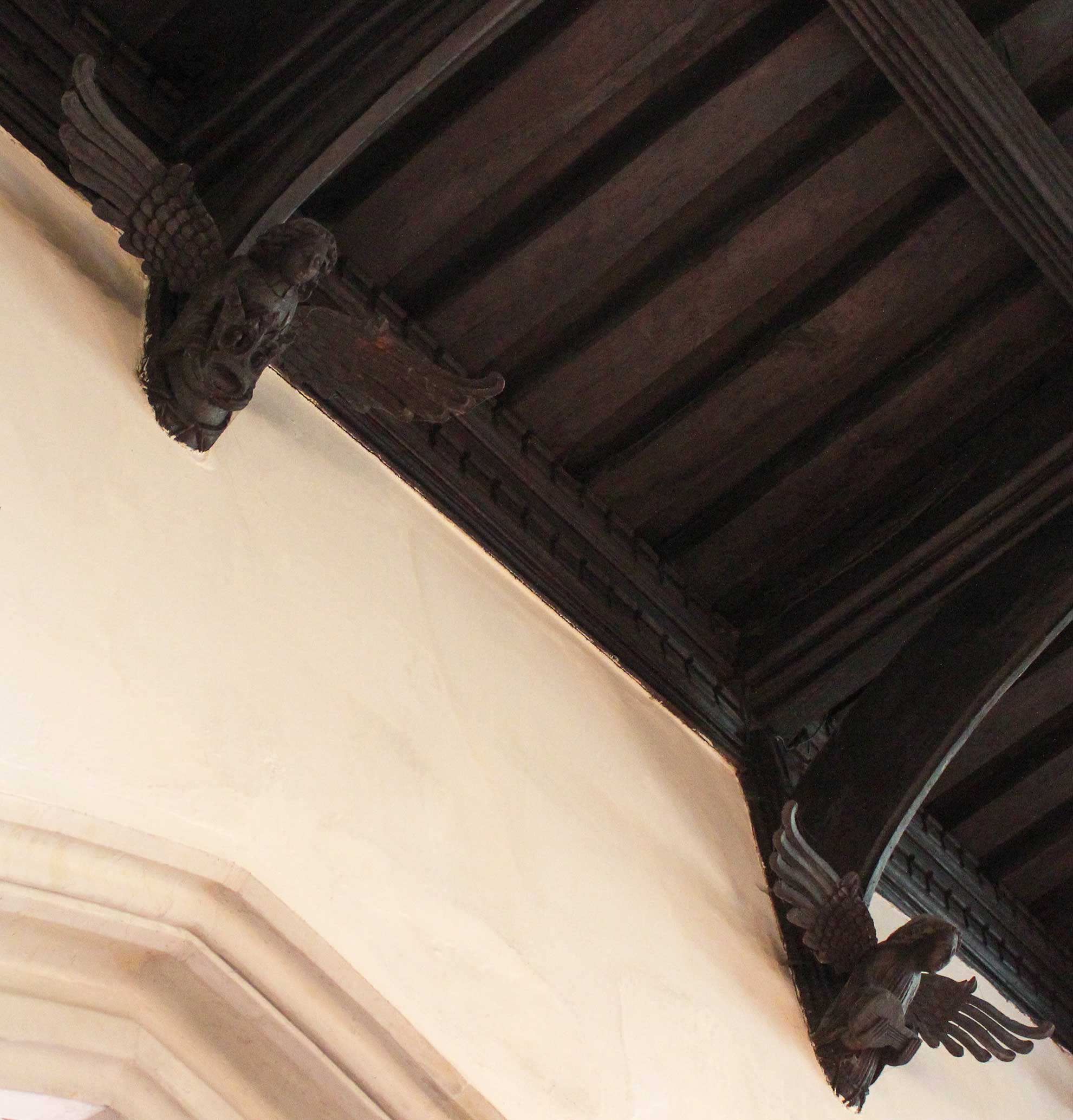
On 3 January, 1644 the notorious iconoclast William Dowsing and his troops destroy fourteen ‘superstitious pictures’ in the Round Church. However, the carved wooden angels on the ceiling survive the ordeal intact.
Collapse of Tower
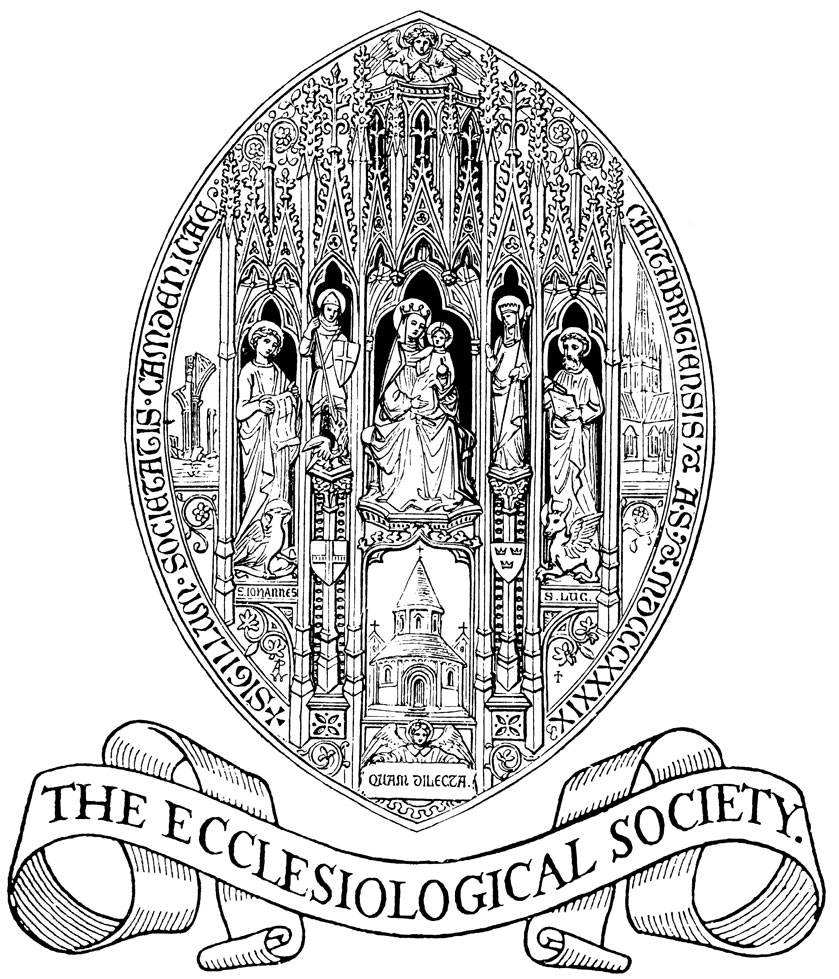
In August 1841, the 15th-century tower collapses under its own weight, causing significant damage to the Round Church. A public appeal is raised to restore the church. Renovations are undertaken by the Camden Society (later re-founded as the Ecclesiological Society) and overseen by the prominent architect Anthony Salvin.
Re-opening of Round Church
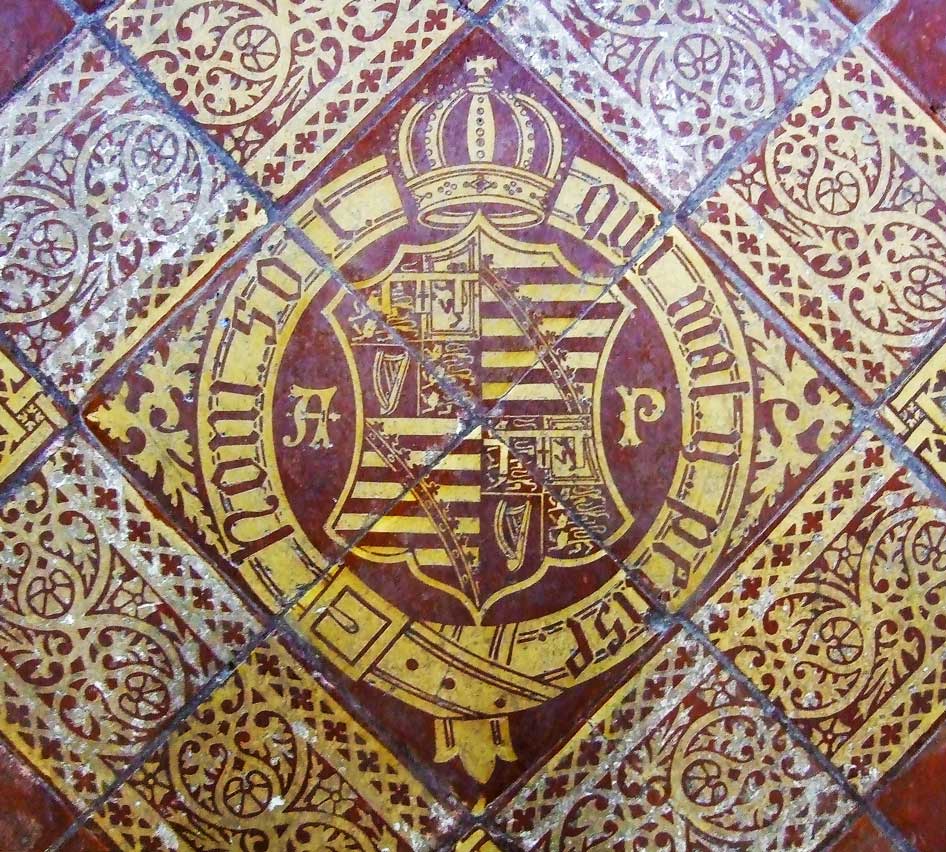
In October 1843, the Round Church is re-opened by Queen Victoria and Prince Albert, whose crests can still be seen on the tiles in the chancel. The Queen gives £25 ‘as a mark of the satisfaction with which she had witnessed the beauty of the sacred edifice’.
Restoration Controversy
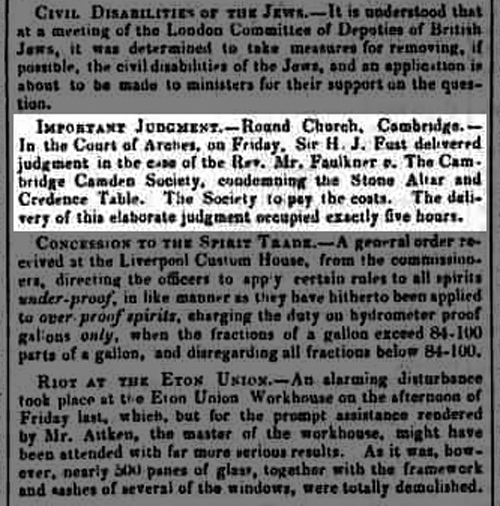
The renovation, now complete, is marked by controversy. The source of contention is a stone altar installed by the Camden Society that many equate to an overt endorsement of Catholicism. The vicar of the Round Church, Richard Faulkner, takes the society to court, and in a headline-grabbing decision on 31 January, 1845, the Court of Arches orders the altar to be removed and replaced by a wooden table. The Camden Society dissolves soon thereafter.
World War II Bomb Damage
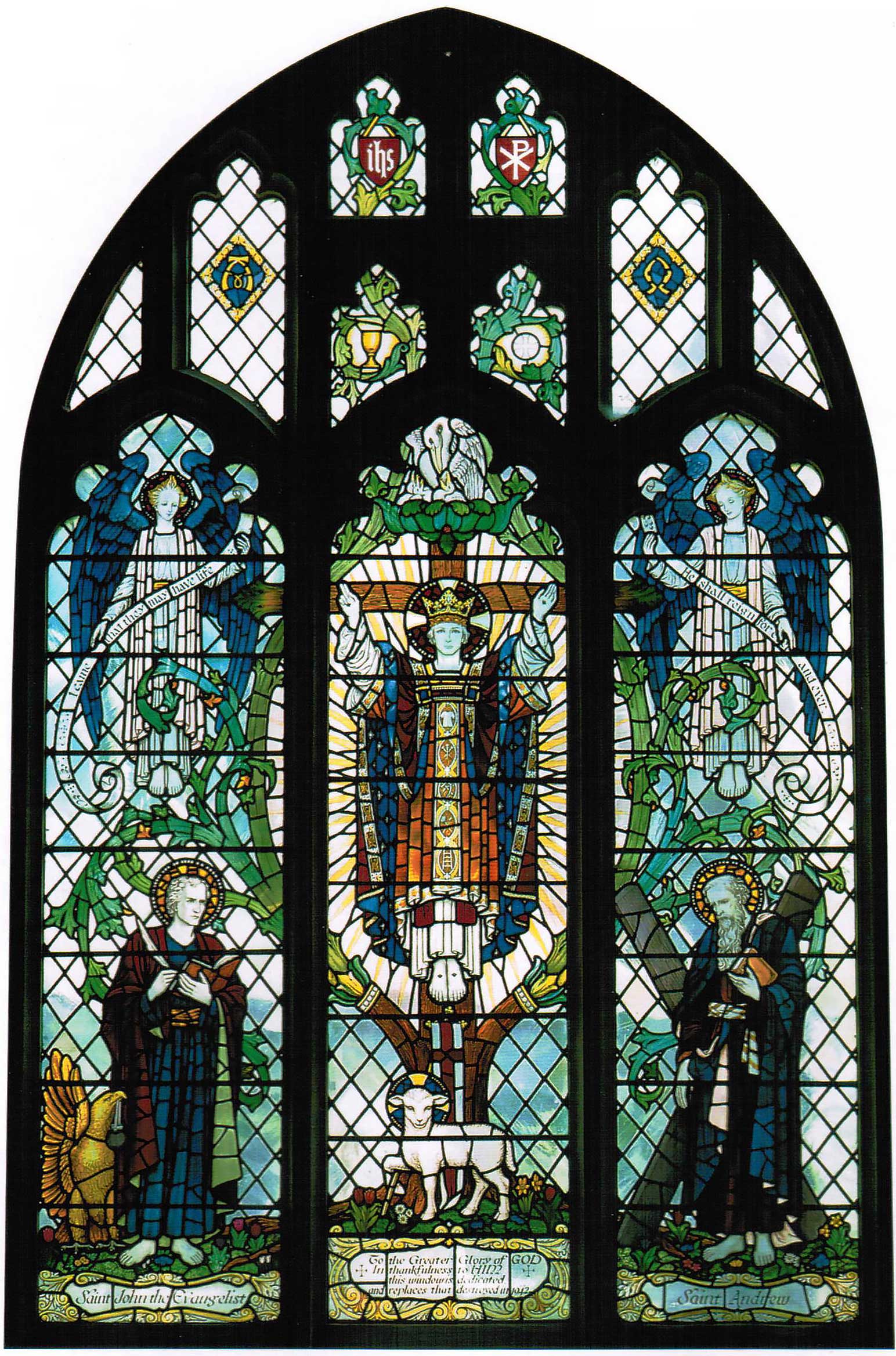
On 28 July, 1942, a bombing raid hits Bridge Street and Sidney Street, destroying ten buildings. One bomb hits the Union Society building behind the Round Church, which blows out the east window. The current east window depicting Christ’s resurrection is installed four years later in 1946.
Growth of Congregation
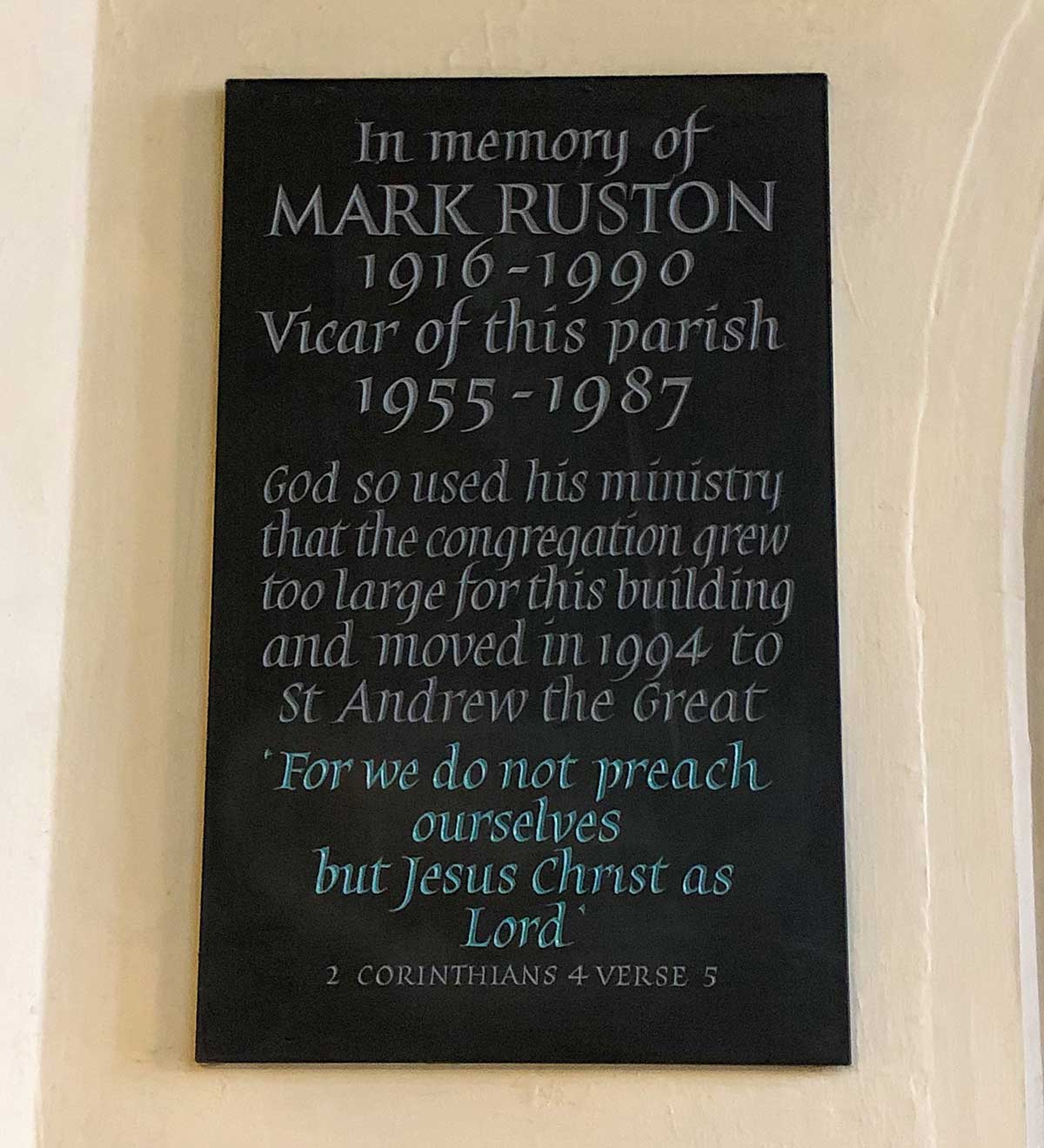
Mark Ruston becomes vicar of the Round Church in 1955. His ministry witnesses an enormous expansion of the congregation, thanks especially to the work of the church among students.
Move to St Andrew the Great
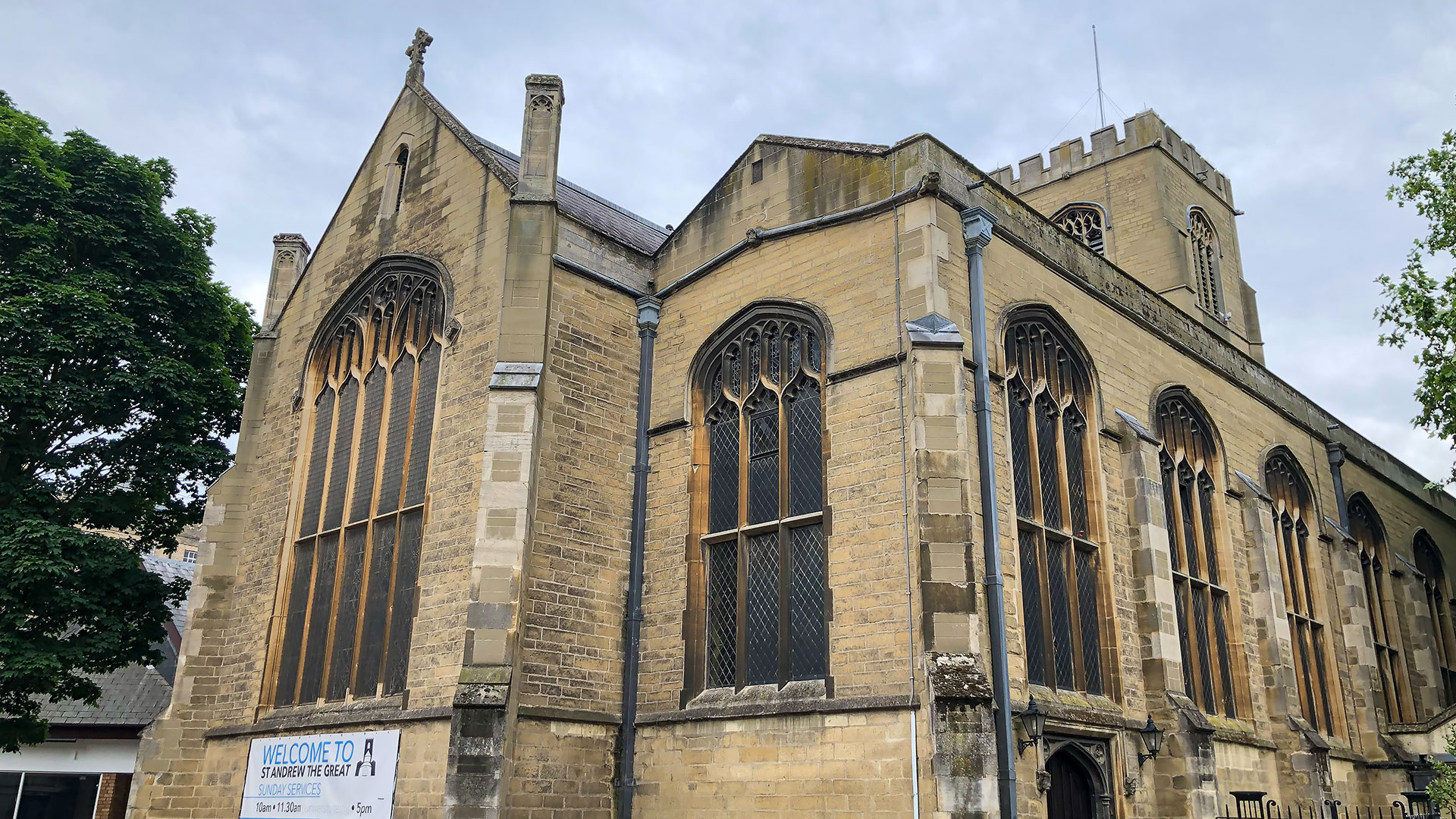
By 1994, the congregation has outgrown the Round Church and relocates to St Andrew the Great, a more spacious church in the centre of Cambridge where the congregation worships to this day.
Christian Heritage

Since 2001, the Round Church has been home to Christian Heritage, a non-profit which exists to think about the relationship between faith and culture and to welcome visitors to explore how the Christian faith has shaped Cambridge and the West.

